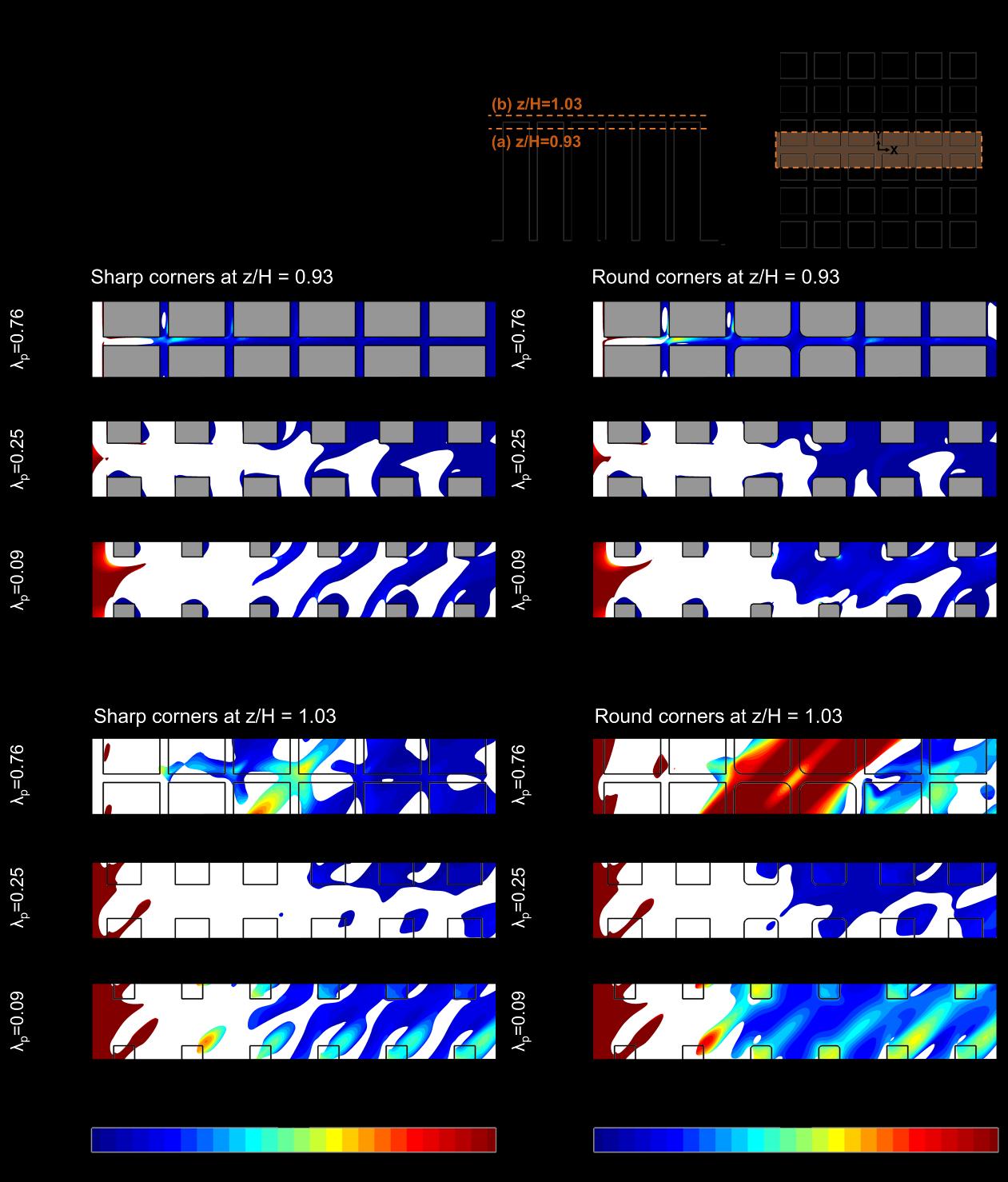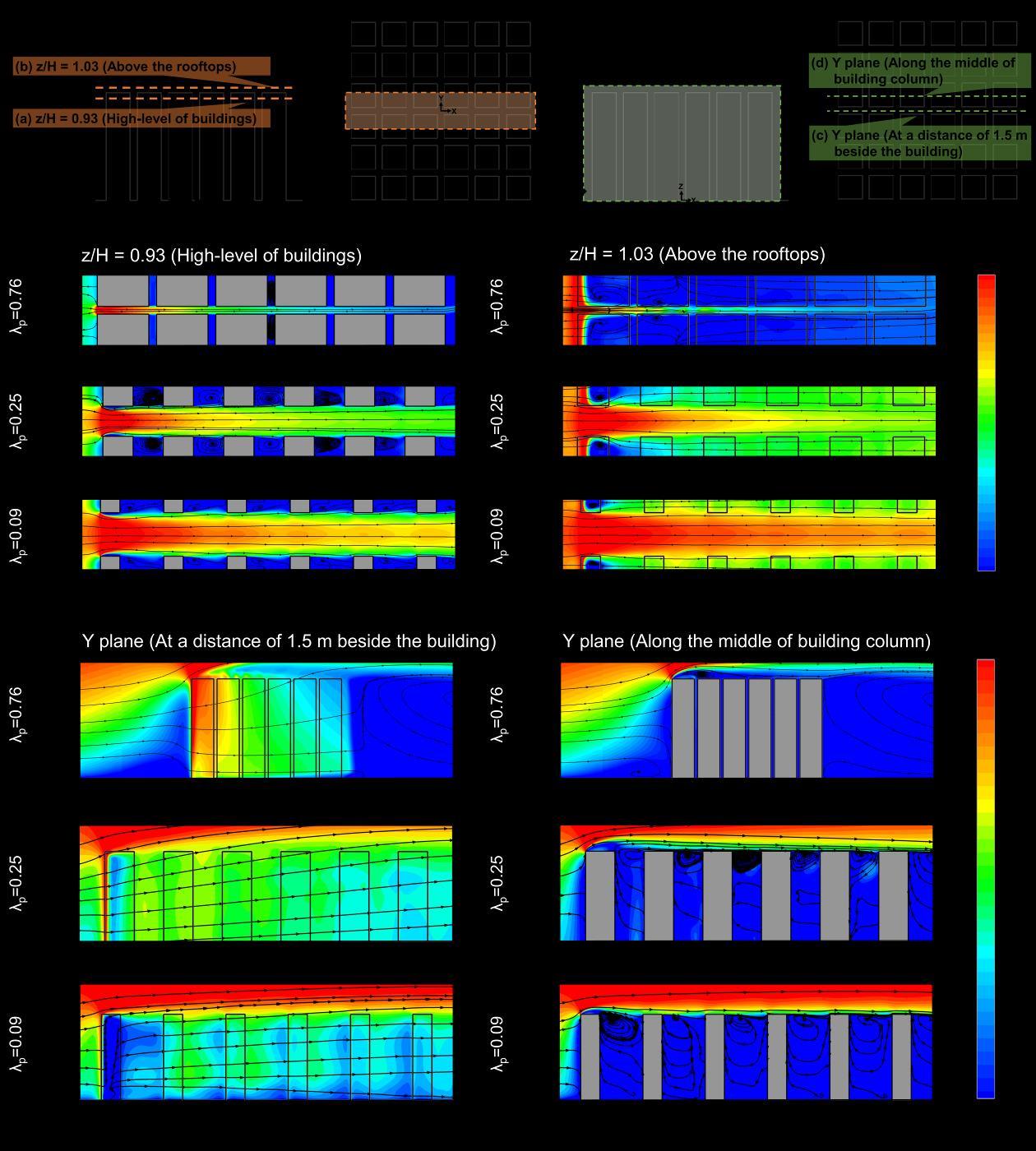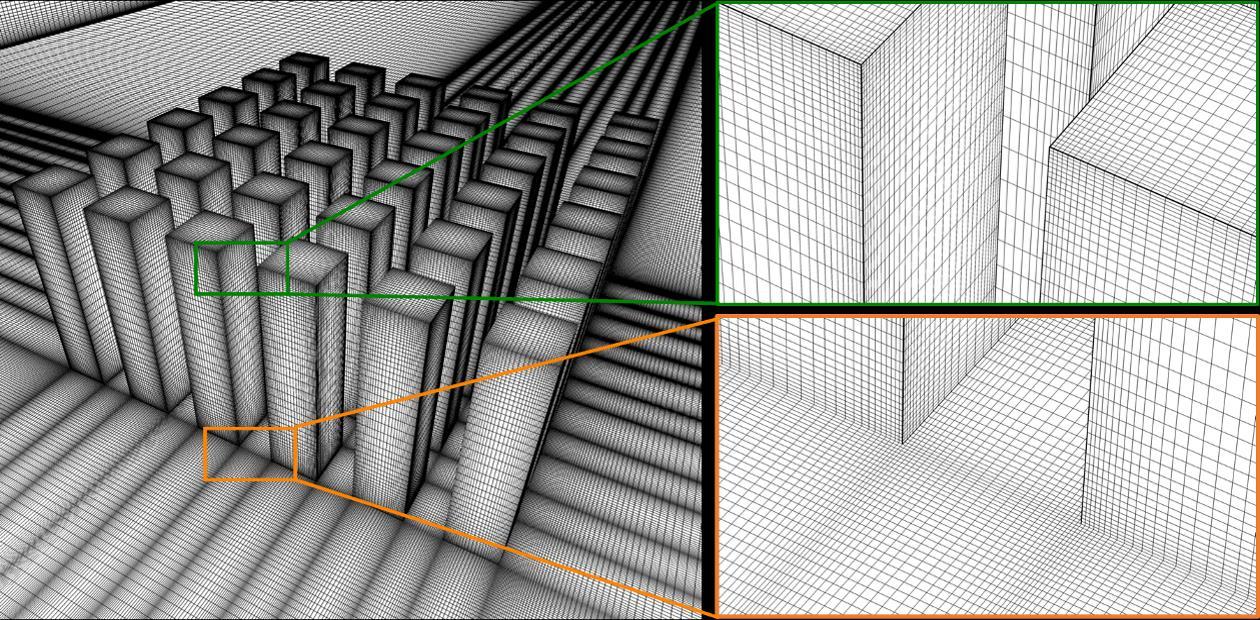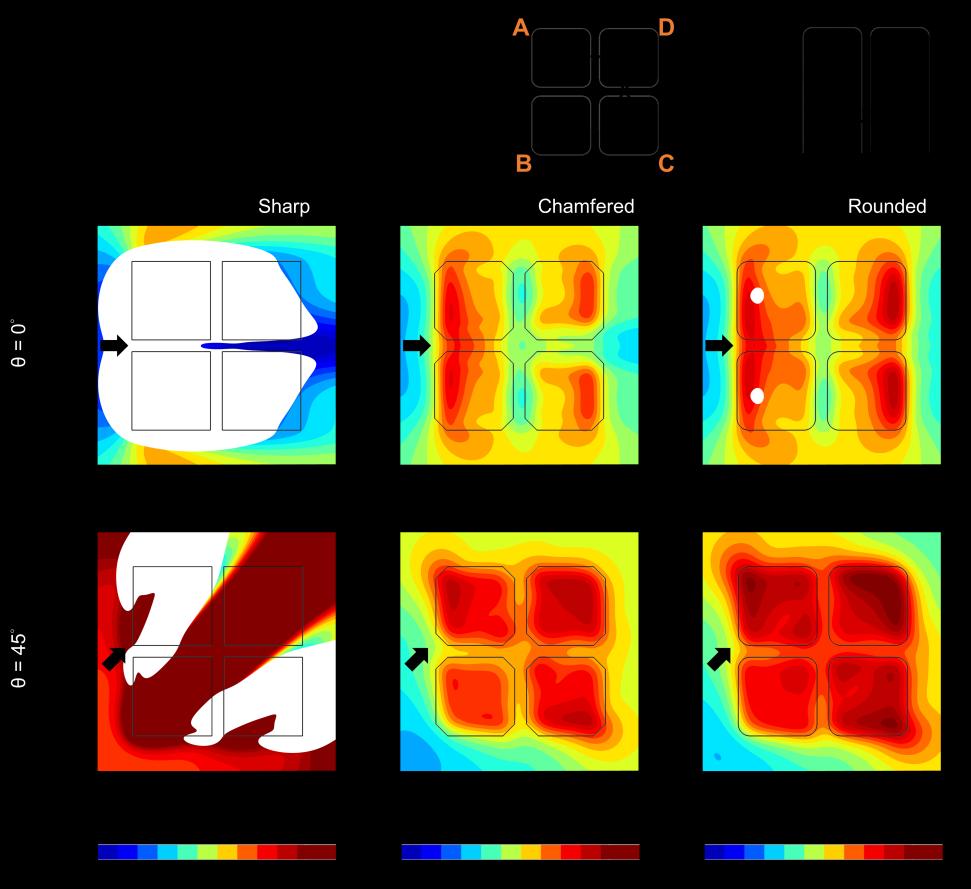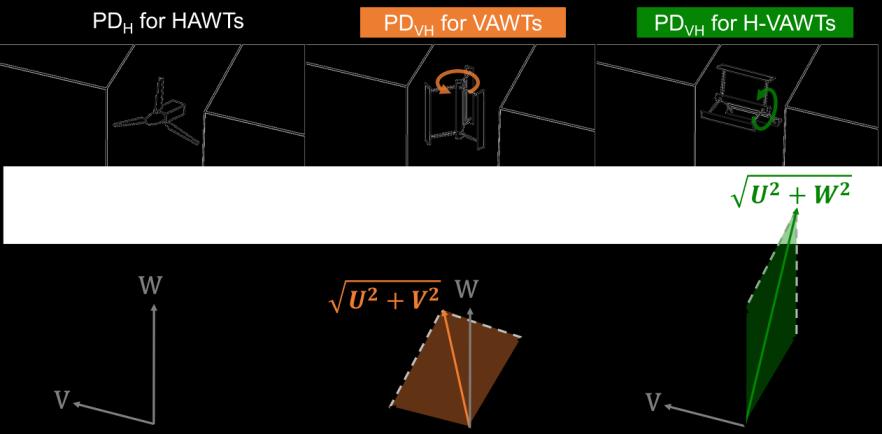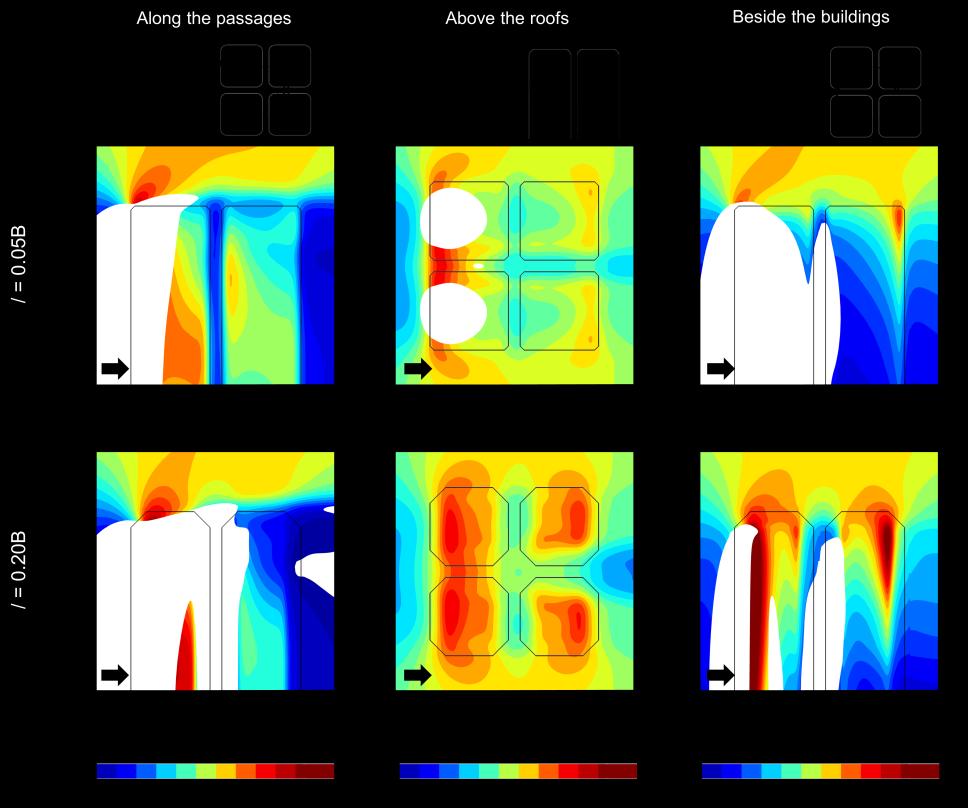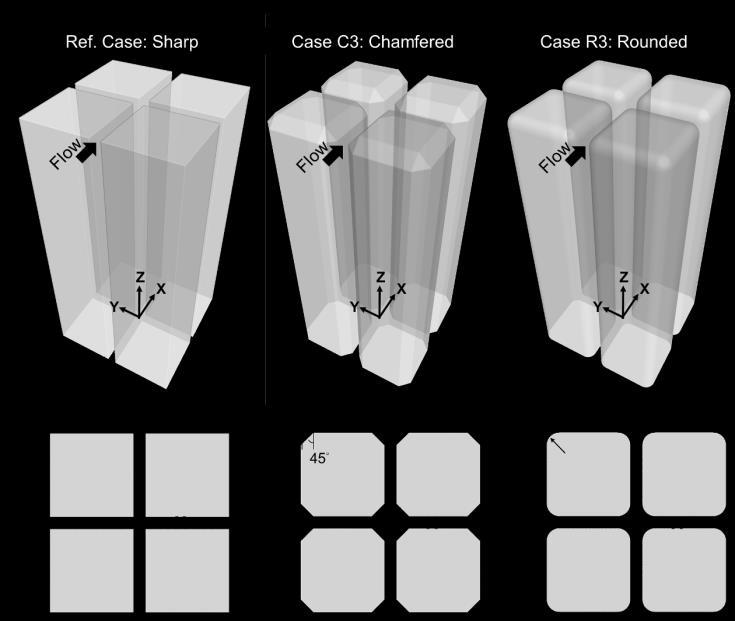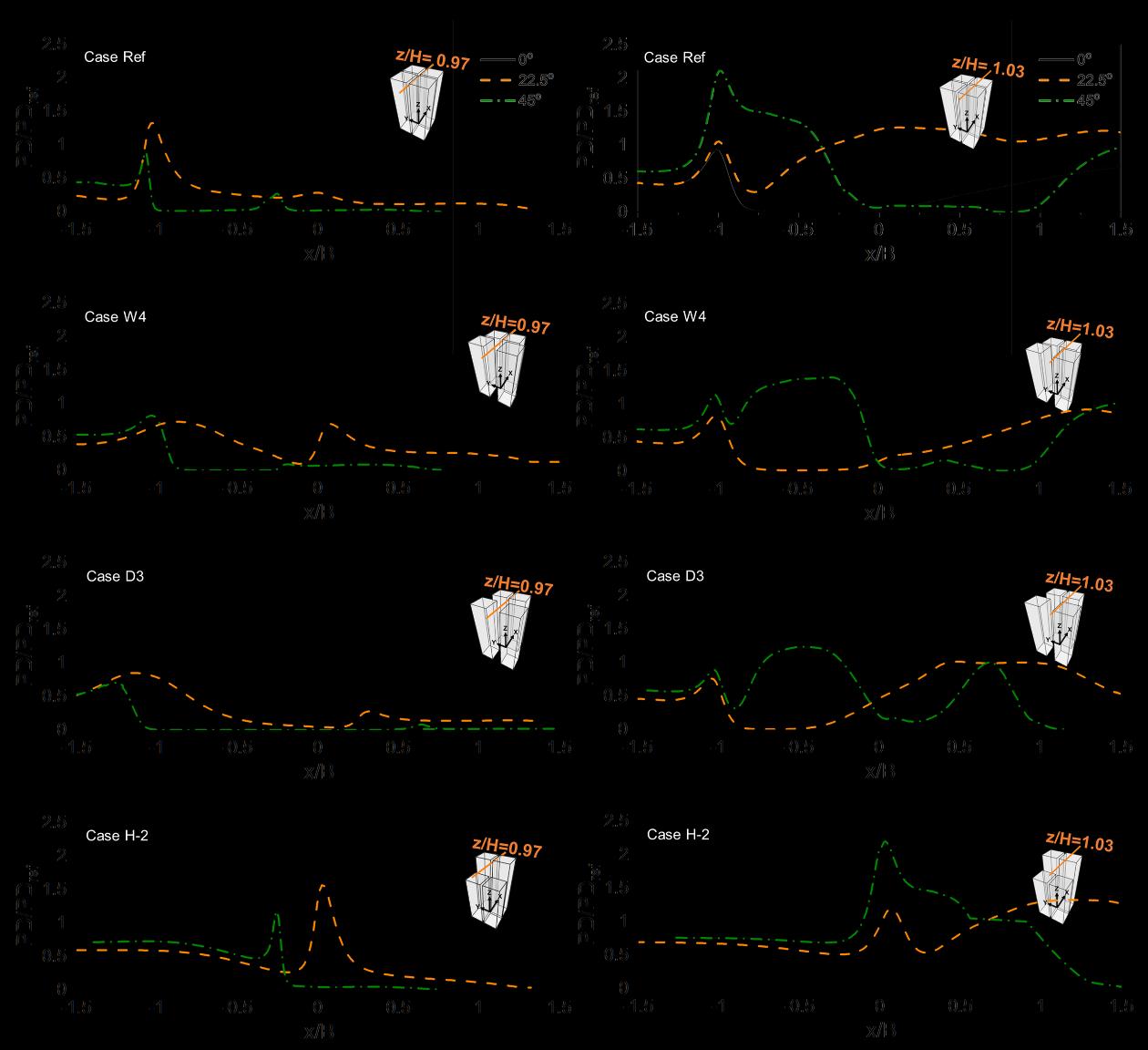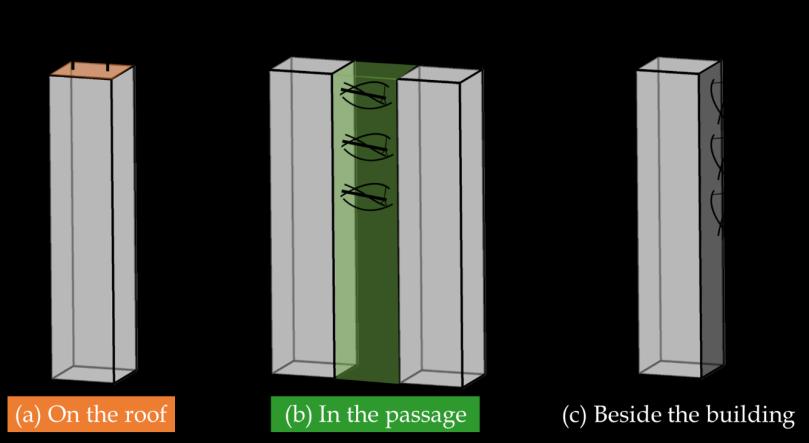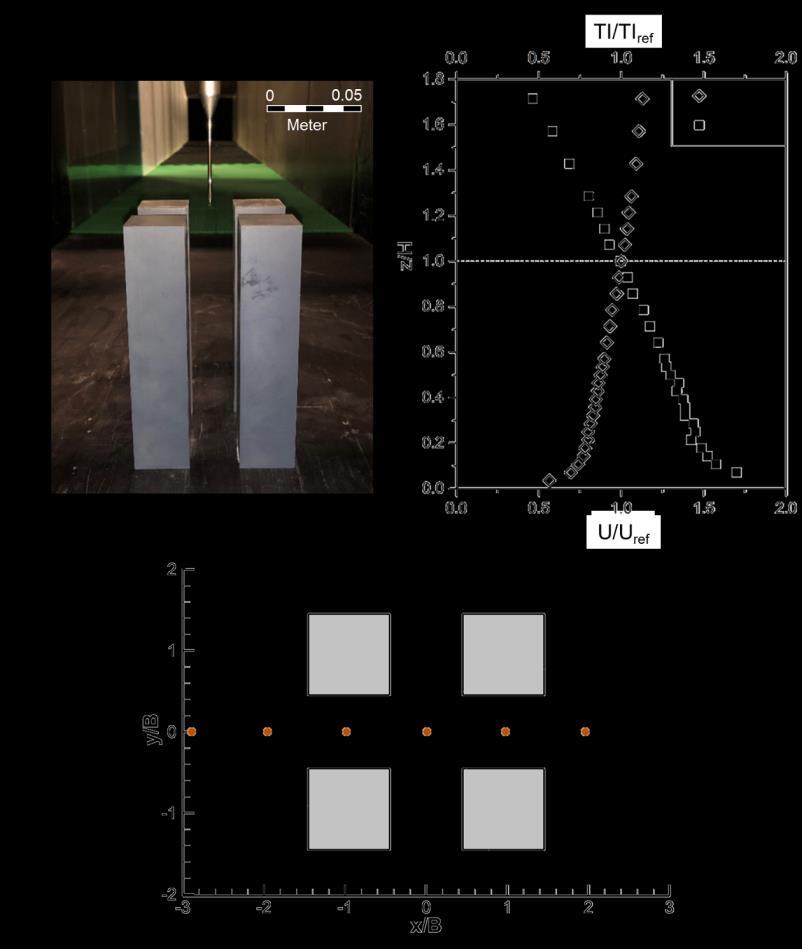References [1] NASA. 2020 Tied for Warmest Year on Record, NASA Analysis Shows. NASA News & Feature Releases2021. [2] Redl C, Hein F, Buck M, Graichen P, Jones D. The European Power Sector in 2020: Up-toDate Analysis on the Electricity Transition: Agora Energiewende and Ember; 2021. [3] Zabarjad Shiraz M, Dilimulati A, Paraschivoiu M. Wind power potential assessment of roof mounted wind turbines in cities. Sustainable Cities and Society. 2020;53:101905. [4] Rezaeiha A, Montazeri H, Blocken B. A framework for preliminary large-scale urban wind energy potential assessment: Roof-mounted wind turbines. Energy Conversion and Management. 2020;214:112770. [5] Anup KC, Whale J, Urmee T. Urban wind conditions and small wind turbines in the built environment: A review. Renewable Energy. 2019;131:268-83. [6] Weerasuriya AU, Hu ZZ, Zhang XL, Tse KT, Li S, Chan PW. New inflow boundary conditions for modeling twisted wind profiles in CFD simulation for evaluating the pedestrian-level wind field near an isolated building. Building and Environment. 2018;132:303-18. [7] Wang B, Cot LD, Adolphe L, Geoffroy S, Sun S. Cross indicator analysis between wind energy potential and urban morphology. Renewable Energy. 2017;113:989-1006. [8] Toja-Silva F, Colmenar-Santos A, Castro-Gil M. Urban wind energy exploitation systems: Behaviour under multidirectional flow conditions—Opportunities and challenges. Renewable and Sustainable Energy Reviews. 2013;24:364-78. [9] Walker SL. Building mounted wind turbines and their suitability for the urban scale—A review of methods of estimating urban wind resource. Energy and Buildings. 2011;43:1852-62. [10] van Wijk BM. Predicting the Rooftop Wind Climate for Urban Wind Energy in the Rotterdam - Delft - Zoetermeer Region: TU Delft & TU Eindhoven; 2011. [11] Balduzzi F, Bianchini A, Carnevale EA, Ferrari L, Magnani S. Feasibility analysis of a Darrieus vertical-axis wind turbine installation in the rooftop of a building. Applied Energy. 2012;97:921-9. [12] Mithraratne N. Roof-top wind turbines for microgeneration in urban houses in New Zealand. Energy and Buildings. 2009;41:1013-8. [13] Van Craenenbroeck J. Boundary layer suction configurations with minimal pump requirements for multi-element airfoils. Delft, The Netherlands: TU Delft; 2015. [14] Blocken B, Moonen P, Stathopoulos T, Carmeliet J. Numerical Study on the Existence of the Venturi Effect in Passages between Perpendicular Buildings. Journal of Engineering Mechanics. 2008;134:1021-8. [15] Li B, Luo Z, Sandberg M, Liu J. Revisiting the ‘Venturi effect’ in passage ventilation between two non-parallel buildings. Building and Environment. 2015;94:714-22. [16] Blocken B, van Hooff T, Aanen L, Bronsema B. Computational analysis of the performance of a venturi-shaped roof for natural ventilation: Venturi-effect versus wind-blocking effect. Computers & Fluids. 2011;48:202-13. [17] Yang A-S, Su Y-M, Wen C-Y, Juan Y-H, Wang W-S, Cheng C-H. Estimation of wind power generation in dense urban area. Applied Energy. 2016;171:213-30.
PhD Thesis by Yu-Hsuan Juan

Turn static files into dynamic content formats.
Create a flipbookArticles inside
Issuu converts static files into: digital portfolios, online yearbooks, online catalogs, digital photo albums and more. Sign up and create your flipbook.

